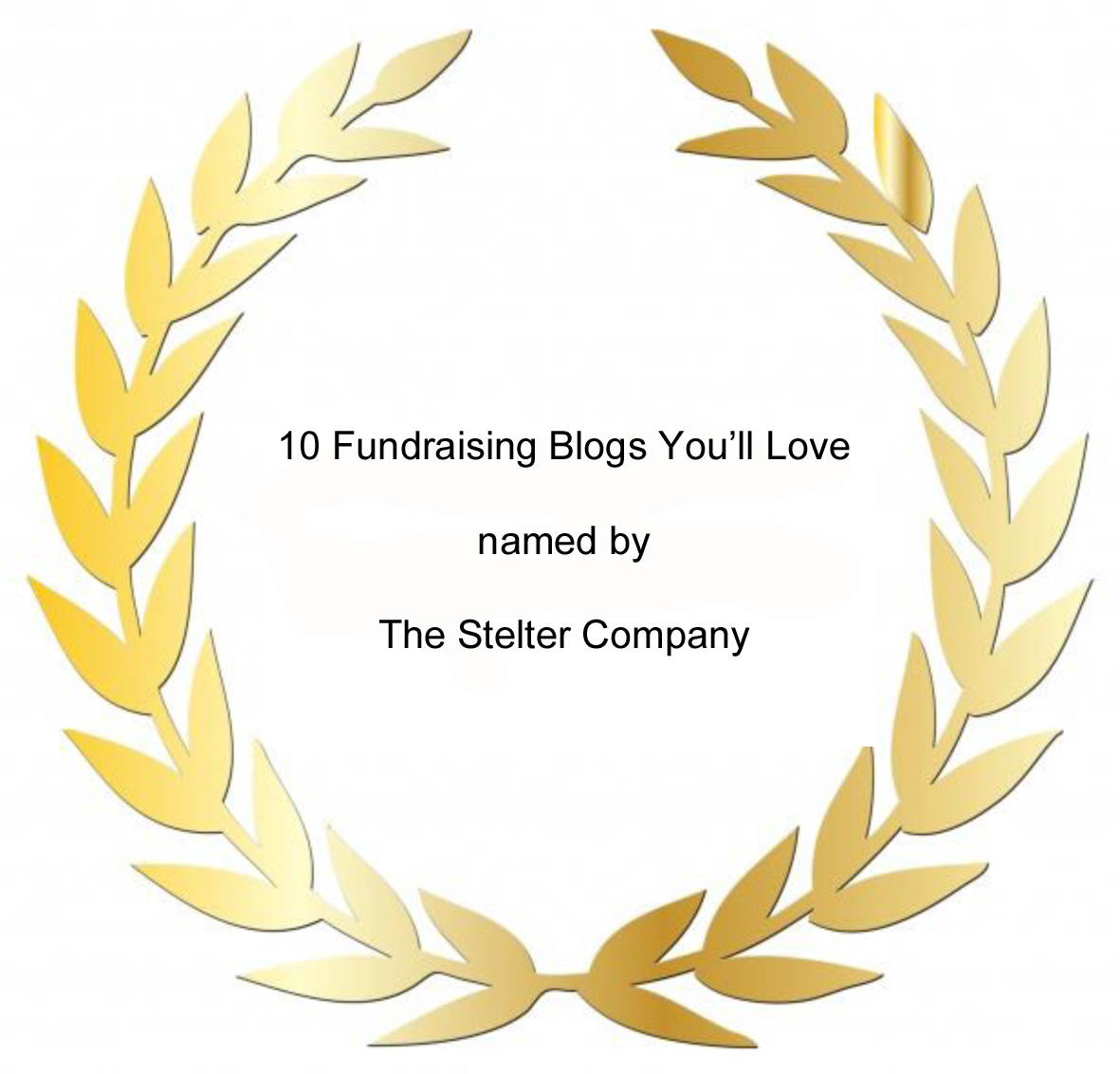Your nonprofit organization has a serious problem. While you are expending enormous energy to attract, retain, and upgrade donors, things aren’t working out as well as they could. As a sector, charities are doing a horrible job of hanging on to supporters.
Let’s be clear. The low retention rate among donors is not their fault. Instead, the fault rests with charities that do not ensure a donor experience that inspires long-term commitment.
 Fortunately, there’s something you can do about this. You can enhance the experience of your donors and thereby increase your chance of retaining them and upgrading their support. A new book by Lynne Wester, The 4 Pillars of the Donor Experience, will show you the way. Lynne is the principal and founder of Donor Relations Guru and the DRG Group. In addition to her books and workshops, she created the Donor Relations Guru website to be used as a unique industry tool filled with resources, samples and thought leadership on donor relations and fundraising.
Fortunately, there’s something you can do about this. You can enhance the experience of your donors and thereby increase your chance of retaining them and upgrading their support. A new book by Lynne Wester, The 4 Pillars of the Donor Experience, will show you the way. Lynne is the principal and founder of Donor Relations Guru and the DRG Group. In addition to her books and workshops, she created the Donor Relations Guru website to be used as a unique industry tool filled with resources, samples and thought leadership on donor relations and fundraising.
I first encountered Lynne several years ago at an Association of Fundraising Professionals International Conference. She was leading a mini-seminar in the exhibit hall hosted by AFP. As I was walking past, her talk stopped me in my tracks. She was entertaining while talking about a subject that seldom is properly addressed at fundraising conferences. And her thoughts about donor relations resonated with me. I’ve been a fan ever since.
Lynne’s latest book, which is graphically beautiful and accessible, breaks down the philosophy of donor engagement while providing concrete strategies, tangible examples, and a whole slew of images and samples from organizations across the nation who are doing great work. The book is interspersed with offset pages that really drive home the theories outlined and provide specific examples that nonprofit professionals constantly crave and request. You’ll find key metrics, team activities, survey questions, and so much more. If you want to improve your organization’s donor retention rate, get Lynne’s book and improve the donor experience.
I thank Lynne for her willingness to share some book highlights with us:
When I sat down to write The 4 Pillars of the Donor Experience, I wanted it to be a continuation of our thought work in The 4 Pillars of Donor Relations. But honestly, I wanted it to be a book that was read beyond donor-relations circles and practitioners and instead shared across departments and read widely by the nonprofit community.
Why? Because we have a huge problem facing our sustainability in nonprofits and that is donor retention. With first-time donor retention rates hovering below 30 percent, and overall donor retention less than 50 percent, we are in danger of losing our donor bases. We see this in the fact that 95 percent of our gifts come from five percent of our donors and, in higher education, the alumni giving rate is falling each and every year. My belief is that most of these declines can be attributed to our behavior and our insistence on ignoring the donor experience.
The donor experience is everyone’s responsibility and it requires much more than a thank you letter and an endowment report. It is a mindset. The four pillars—knowledge, strategy, culture, and emotion—can be applied in a wide variety of areas.
Knowledge is essential because it lays the foundation for all of our actions with donors. Far too often, we make dangerous assumptions that affect the donor experience. Getting to know your donors is essential. Look beyond the basic points of information and dig into a donor’s behavior and also communication preferences. Gathering passive intelligence is inextricable from the practice of crafting the donor experience. Seeking active intelligence is essential. What information are you gathering through surveys, questions, and intelligence gathering? Intentional feedback can help you prove your case for additional human and financial resources, new programs or initiatives, and gives you new content and activity to test.
In addition, consider how you can use this information to enhance the donor experience for all donors, regardless of level. Curiosity and tenacity are encouraged in this space. Being intentional is a mindset, a new way of operating and data drives all that we do. It’s your responsibility to gather as much data as possible to help build the strategic case for your donors and their experience.
read more »
 Saint (Mother) Teresa of Calcutta understood that. On the wall of one of her homes for children in India, someone had hung a poem by Dr. Kent M. Keith. He wrote the poem in 1968 and revised it in 2001. During his long career, Keith has served as a YMCA executive, President of two private universities, and CEO of two nonprofit organizations. He understands the pressures faced by those who work in the nonprofit sector. He also understands our need for inspiration.
Saint (Mother) Teresa of Calcutta understood that. On the wall of one of her homes for children in India, someone had hung a poem by Dr. Kent M. Keith. He wrote the poem in 1968 and revised it in 2001. During his long career, Keith has served as a YMCA executive, President of two private universities, and CEO of two nonprofit organizations. He understands the pressures faced by those who work in the nonprofit sector. He also understands our need for inspiration.










